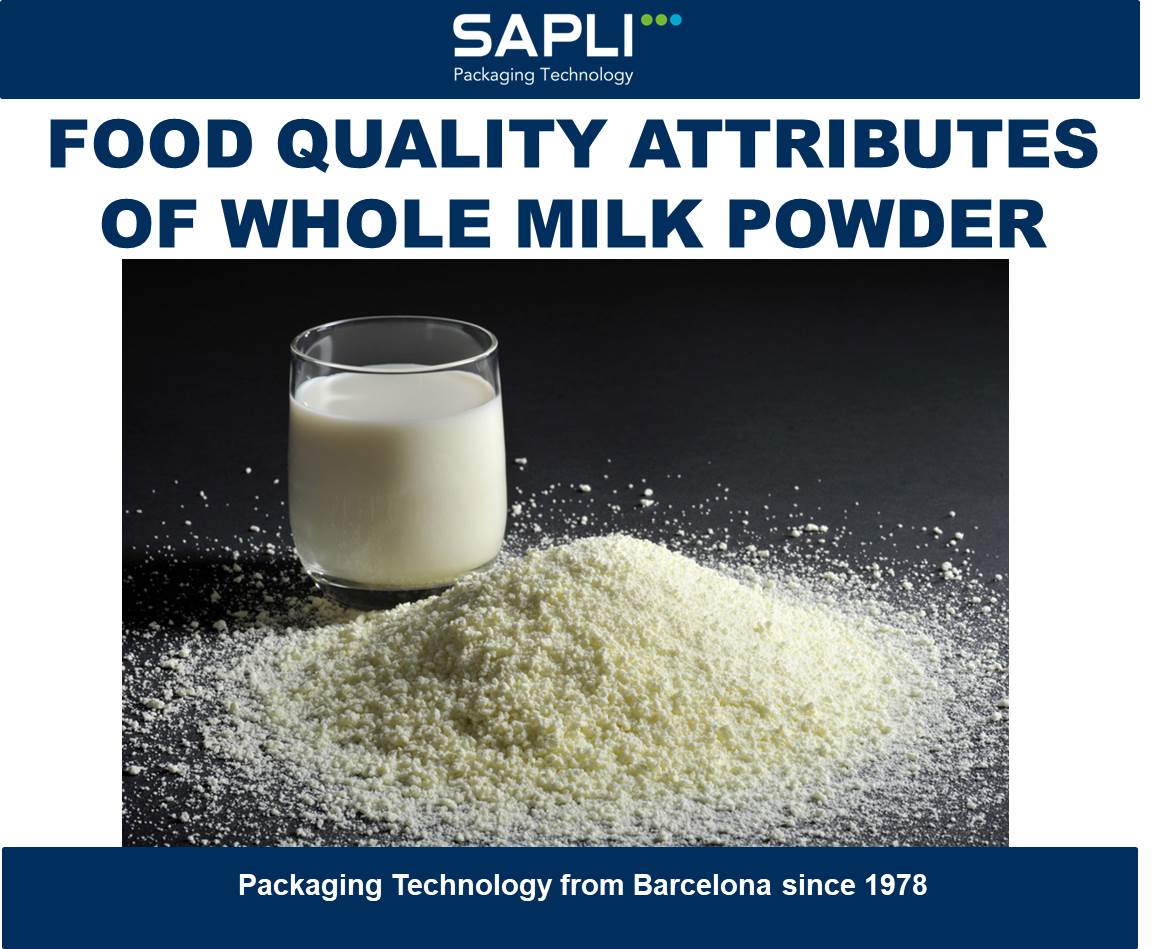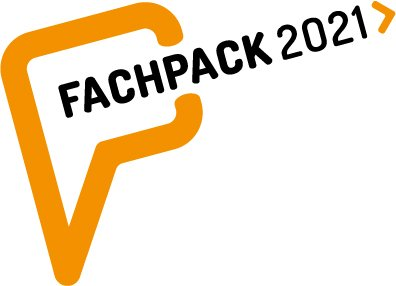FOOD & BEVERAGE METAL CANS MARKET GLOBAL FORECAST TO 2025
FOOD & BEVERAGE METAL CANS MARKET
GLOBAL FORECAST TO 2025
The food & beverage industry is constantly evolving: hence, the demand for packed and canned food and beverages is increasing to meet the growing requirements of the consumers. Metal Packaging productivity has risen because of its importance in the overall supply chain. However, it ensures the quality and safety of the content within the Package and Works as an important marketing tool for the product to attract customers. In developed regions, canned food has become an important part of people’s diet. Moreover, developed economies are the largest users and producers of metal Packaging. Metal Packaging is important for food preservation without microbiological deterioration.
The constantly changing consumer lifestyles and preferences toward convenience food have shown an upward trend in the last few years. Key manufacturers of metal cans are focusing on innovating new designs to adhere to the quality guidelines prescribed by the respective regulating authority. Furthermore, the lower consumption of Energy during the recycling of aluminium and steel has augmented the growth of the metal cans market during the forecast period. Mostly, the metal cans market is dominated by the beverage industry in the past few years. Thereby, the growth can be seen in food cans due to the increasingly busy work lifestyles of consumers and their preference for ready-to eat.
FOOD AND BEVERAGE METAL CANS MARKET SIZE, BY REGION, 2018-2025 (USD BILLION)
North America and Europe dominated the metal cans market for food/beverages during the forecast period. The steady growth is attributed to the saturated consumption rate of processed food and beverages in these regions. The US is the key manufacturer of metal cans for food and beverages, a majority of which is used for their domestic consumption.
The Asia Pacific and South American regions have the potential for food & beverage metal cans market. The consumption rate of processed food & beverages is increasing in the region due to the change in consumer trends and an increase in high disposable incomes. On the other hand, the consumer demand for canned food & beverages, which has further driven the demand for metal cans in countries such as India, China and Japan. Hence, for metal cans, there is still a huge market that has remained untapped, which is increasing opportunities for metal cans in the food & beverage industry.
SIGNIFICANT GROWTH OF ASIA PACIFIC IN THE FOOD & BEVERAGE METAL CANS MARKET 2020-2025
Source: Press Releases, Related Journals, Company websites, Expert Interviews and Markets Analysis.
Noth America dominated the global food & beverage market in 2018. It is projected to grow at CAGR of 5.6% in terms of value during the forecast period, owing to higher consumption of canned food/beverages due to busy work lifestyles. Asia Pacific is the fastest-growing region for food / beverage metal cans due to the increase in high disposable incomes and large production of processed food.
























